Yoguely is reader-supported. When you buy through links on our site, we may earn an affiliate commission. Learn more
How to Make Distilled Water at Home (Cost vs Benefit)
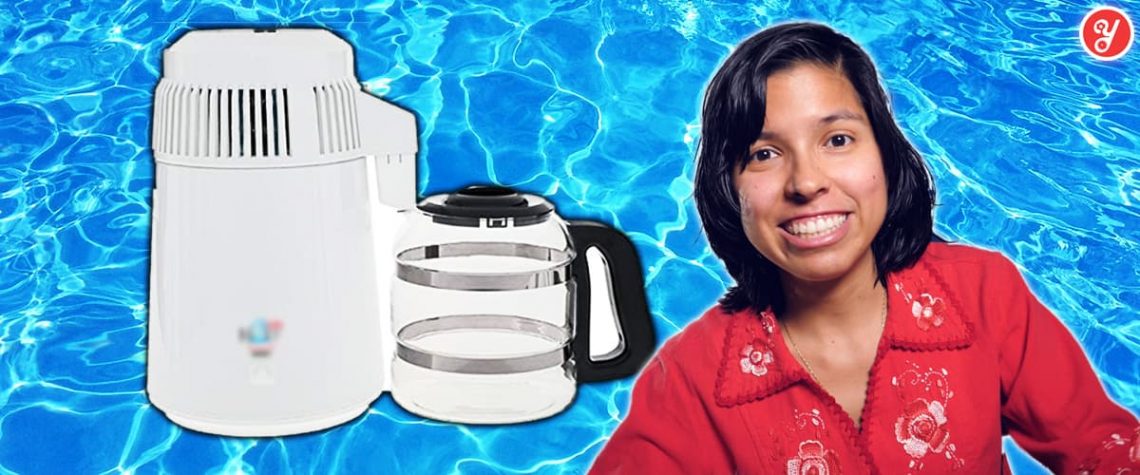
Today you’re going to learn how to make distilled water at home. I’ll also show you how the benefits compare with the cost of using a distiller to make purified water at home.
This is the fourth part of my complete guide to healthy drinking water.
So, if you are debating whether to invest in a distiller, you definitely need to see this.
I’ll show you whether it’s effectiveness and convenience are worth the cost.
I’m your host Aida Yoguely. Let’s do this.
What It Takes to Get Distilled Water
Distilled water is a form of purified water that can be quite expensive and inefficient to obtain through bottled water. So let’s look into what it takes to make distilled water at home using your tap water.
The process of distillation consists of boiling the water (such as water from your tap) to leave behind all the dissolved solids and to inactive microbes. This includes inactivating viruses such as the coronavirus from the COVID-19 pandemic. After boiling, all that vaporized water is immediately condensed into a separate clean container in the form of liquid water.
Point often overlooked, impurities can have a boiling point at or below that of water. If that’s the case then the impurity is transferred as vapor as well. This fact will be very important later. Hold on to it.
You can make your own distilled water on the stove[43] or purchase an in-home distillation system (paid link). No matter which process you select; you’ll need to deal with two annoying steps.
The first is, manually filling the boiling chamber with tap water. And the second is two waiting for about 6 hours to make a single gallon of water.[44]
Since the water will boil though the application of heat, the distillation system will need electricity to function. Imagine the scenario where you have to boil a gallon or more of water every day, that is going to yield a very high energy bill.
The next thing you absolutely need to factor in, is maintenance. It’s the one thing that I always watch out. Because I want to invest in buy-it-for-life items. And the last thing you want is a product so complicated that you end up putting it away in a corner .
Maintenance, can make or break my decisions. As an engineer, what I’d like to know is: how much money and time will it take for me to maintain one of these?
To figure this out, let’s think through the distillation process.
First item to account for is that:
There Are Volatile Organic Contaminants in the Water
As I mentioned earlier, in the process of distillation, any pollutant in the water that has passed their boiling point and is in the form of vapor ends up being transferred in the final product water. There is a huge category of contaminants that have the tendency to vaporize at low temperatures due to their low boiling point. We call them Volatile Organic Contaminants, or VOCs for short.
Remember how I mentioned earlier in the blog that in the US, water treatment plants add chlorine to disinfect water? Well the reaction of chlorine with organic matter in the water creates many unwanted VOC by-products. [45] A very large VOC category are “Total Trihalomethanes” which have been proven to be carcinogenic.
For example, one THM regulated by the EPA is chloroform.
And one place you are sure to find chloroform is in swimming pools. Let’s think about it.
Chlorine is heavily used to disinfect pool water, and the pool water comes in contact with lots of organic matter when people swim in it. React chlorine with organic substances like our hair, skin, sweat, and even urine, and voila! You’ve got yourself a carcinogenic volatile organic contaminant.
In distillation, certain poisonous pesticides will also vaporize with the boiled water.[46]
Leave these contaminants in the water, and you’ll notice a foul taste and smell from the gases. And of course, they pose a health risk.
So, you will need to use another process before condensation occurs, to get rid of these VOCs.
Which leads us to the fact that:
Distillation Systems Need Activated Carbon Filter Replacements
The EPA states that one of the best available technologies to remove VOCs, [47] and the process that appears to have the most impact on pesticide removal, [48],[49] is granular activated carbon (GAC).
Activated carbon filters fluids by trapping the pollutants inside the pore structure of each granule of carbon. This is the process of adsorption.
Distillation systems passes the water through an activated carbon filter. The purpose is to reduce these contaminants and consequently the improve the taste and smell of the water.[50],[51]
A distillation system plus an activated carbon filter yields one of the best purified waters you can drink.
Once the contaminants saturate the carbon filter, it can no longer adsorb pollutants, and stops being effective. When a chemical comes in with a greater attraction force to the pore structure, it gets adsorbed. In exchange, the activated carbon releases the weaker chemical.[51]
Typically, the activated carbon filter needs to be changed about every 1 to 2 months[50] and they cost about $4 per filter. In the worst-case scenario, replacements equate to roughly $50 per year.[52]
Next, before you run off to get one of these, take into account that:
You Need to Manually Scrub the Pollutants Every Time You Distill Water
Every time you use the distillation system, impurities will remain in the boiling chamber. You need to manually scrub and flush away those limescale and pollutants. Scale is typically not easy to remove with just water. For this reason, you may need to let it soak in vinegar for an hour before being able to rinse it out. [50], [53]
You can count the water used for cleaning as waste. Hence technically, distillation is not a zero discharge, zero waste process.
I use a little over 1 gallon of water every day. And I don’t like the idea of finding the time to clean this every day. Essentially, becoming tied to the product.
Although comparatively, it is overall still cheaper to have a home distillation system. That is compared to going through all the trouble of purchasing and transporting already-made distilled water from the grocery store. [54]
For these reasons, I decided not to go with a water distillation system.
Next, I’m going to show you a very attractive solution that yields purified water, called reverse osmosis (RO).
To stay tuned, join our newsletter and get the latest content straight to your inbox.
Now I would love to hear from you: Have you ever tried using a distillation system? If so, how do you like it?
If you have any questions, let me know in the comments below. Or join the discussion in the Yoguely Community Forum.
I’m Aida Yoguely. Thanks for learning with me today. See you in the next post.
Video
Be sure to subscribe and hit the notification bell to stay tuned for the latest videos.
References
43. ^ “How to Make Distilled Water”. wikiHow. (2019, September 1). Retrieved 12 September 2019.
44. ^ “Frequently Asked Questions”. H2O Labs. Retrieved 12 September 2019.
45. ^ “Health Risk of the Trihalomethanes Found in Drinking Water Carcinogenic Activity and Interactions”. United States Environmental Protection Agency. Retrieved 12 September 2019.
46. ^ Dvorak, B. & Skipton, S. “Drinking Water Treatment: Distillation”. University of Nebraska-Lincoln. Retrieved 12 September 2019. Peer Reviewed Publication.
47. ^ “Volatile Organic Chemicals: Are VOCs in Your Drinking Water?”. United States Environmental Protection Agency. Retrieved 12 September 2019.
48. ^ “Finalization of Guidance on Incorporation of Water Treatment Effects on Pesticide Removal and Transformations in Drinking Water Exposure Assessments”. United States Environmental Protection Agency. Retrieved 12 September 2019.
49. ^ “The Incorporation of Water Treatment Effects on Pesticide Removal and Transformations in Food Quality Protection Act (FQPA) Drinking Water Assessments”United States Environmental Protection Agency. (2001, October 25). Retrieved 12 September 2019.
50. ^ “Models 100 & 100SS Water Distillation System Instruction Manual”. H2O Labs. (2017). Retrieved 12 September 2019.
51. ^ “When to Change Your Activated Carbon Filter (And Why You Have To)”. Rajah Filter Technics. Retrieved 12 September 2019.
52. ^ “Activated Carbon Mega Pods”. H2O Labs. Retrieved 12 September 2019.
53. ^ Kamrin, M., Hayden, N., Christian, B., Bennack, D., & D’Itri, F. “Distillation For Home Water Treatment”. Michigan State University. Retrieved 12 September 2019.
54. ^ Heather. “Save Money By Distilling Your Own Water”. The Greenest Dollar. Retrieved 12 September 2019.
- Why Helicopter Money Is Inflationary - 2021-10-09
- How Interest Rates Affect Inflation - 2021-10-08
- How Long Has Inflation Existed? - 2021-10-01
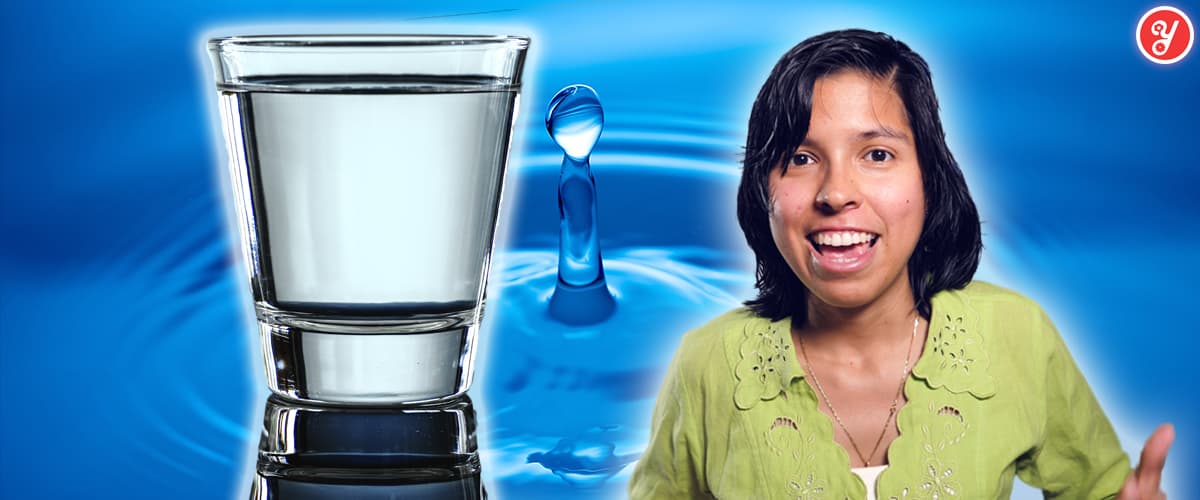
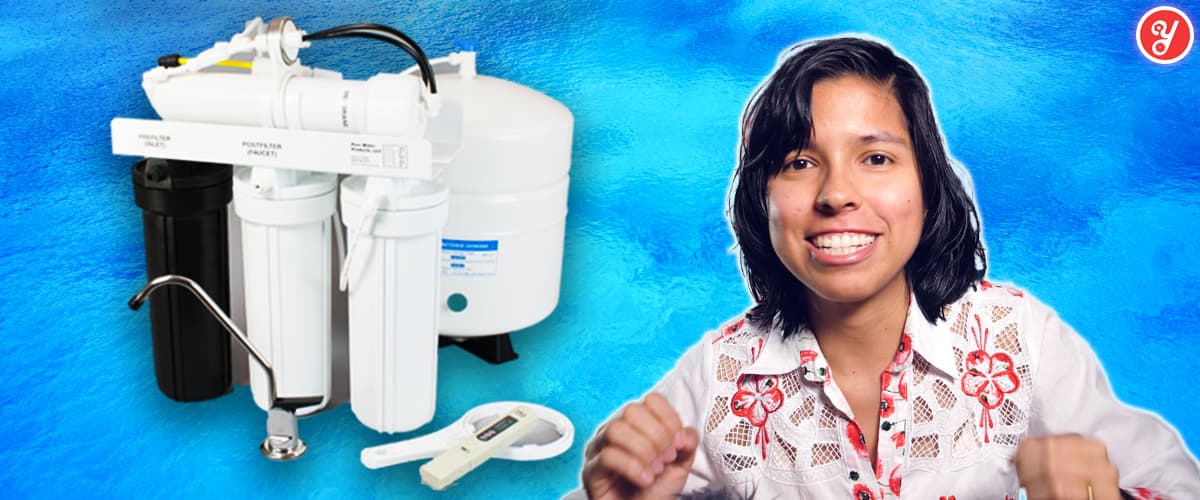
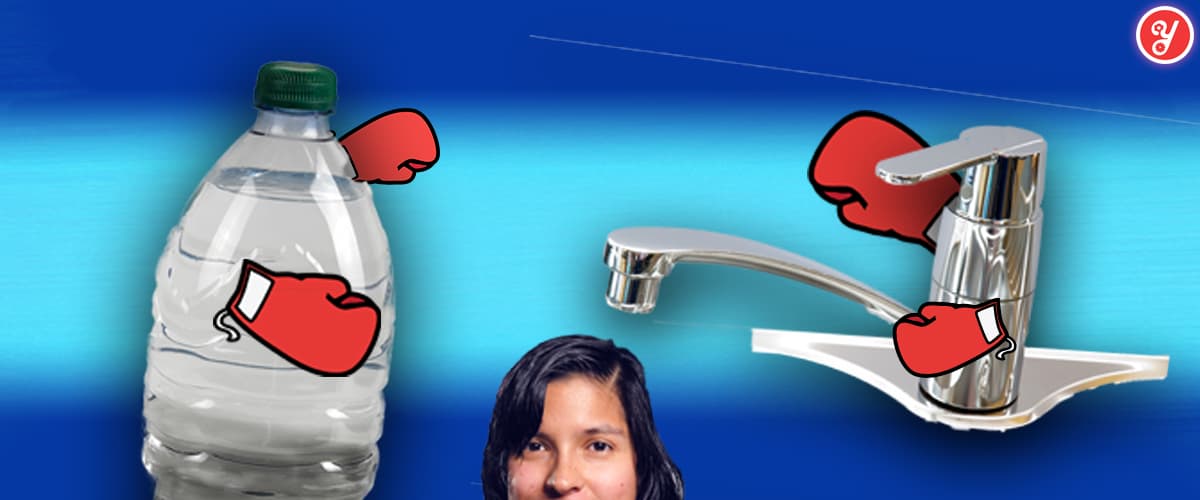
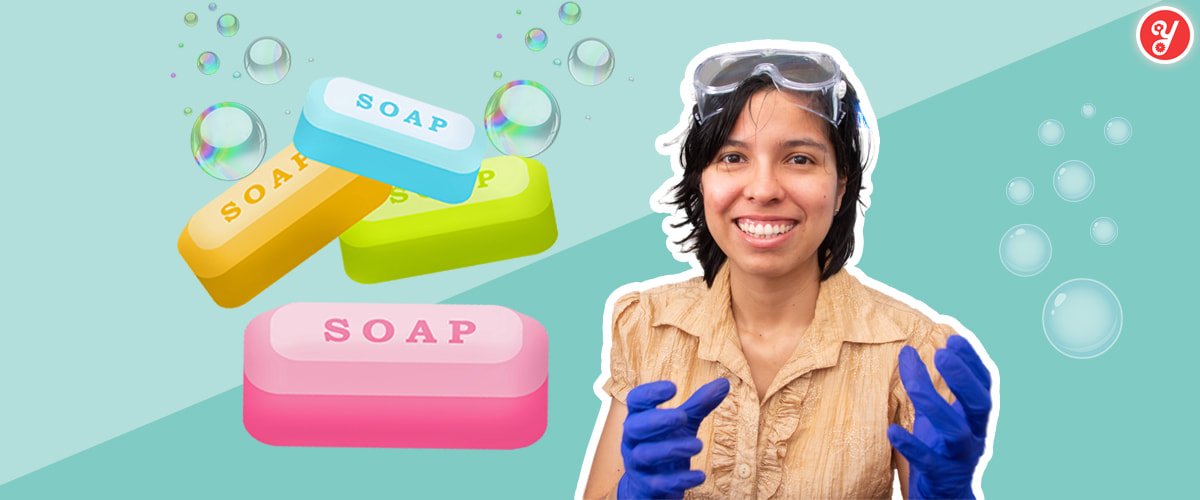

2 Comments
Ange Nshamihigo Safari
I need to a machine to make a distilled water because I want to make a colloider water which is not expensive.
Aida Yoguely
If you need to make purified water, you can do so through distillation or reverse osmosis (RO). RO is lower cost and less maintenance, so that might interest you.
I’m assuming you have a typo and meant to spell colloidal.
FYI for Yoguely readers our there, colloidal water is water with silver particles. It is unsafe and can cause argyria, where your skin permanently turns blue and grey. https://www.nccih.nih.gov/health/colloidal-silver
How about trying to make something useful instead of colloidal water?